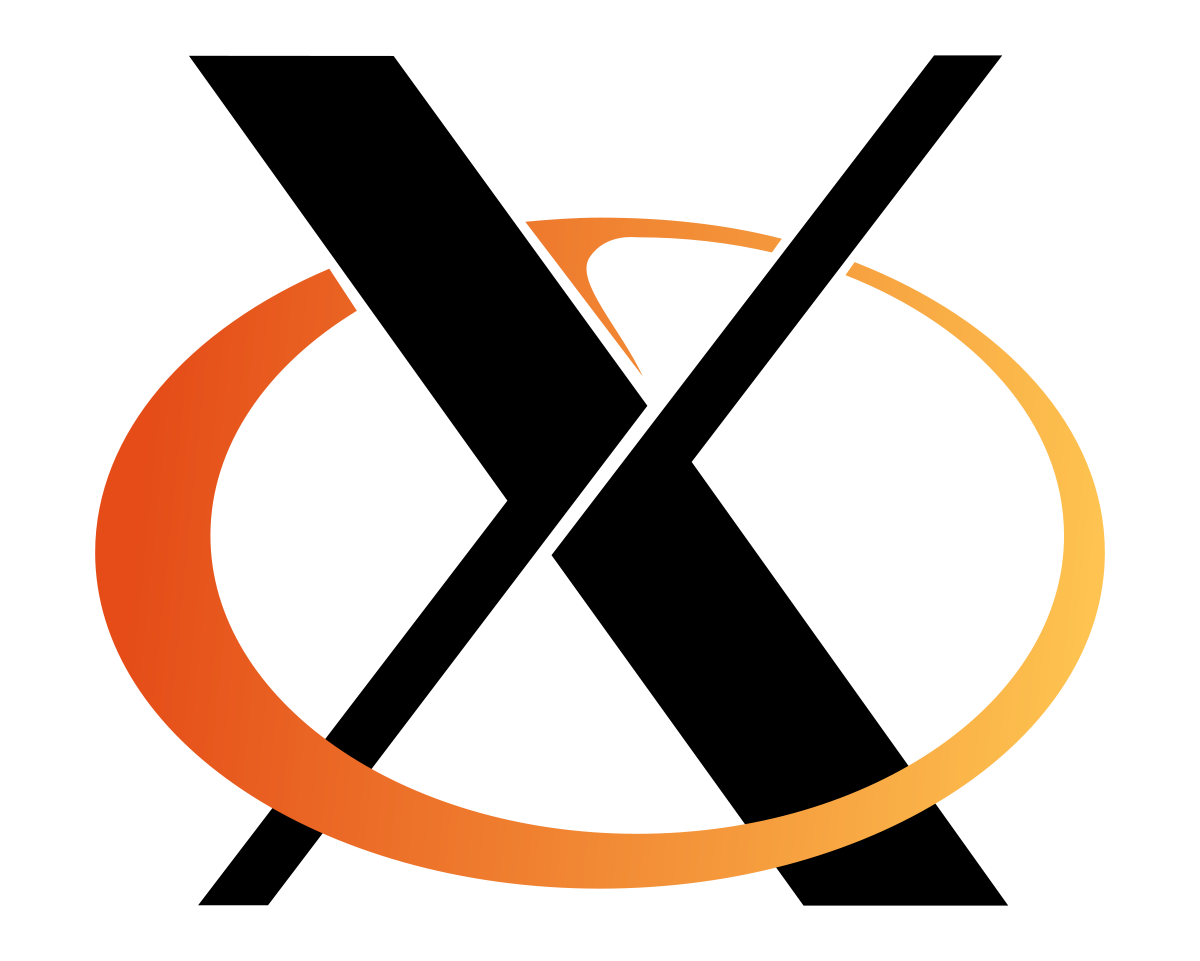This is 10th post on OpenGL and Vulkan interoperability with EXT_external_objects and EXT_external_objects_fd. We’ll see the last use case I’ve written for Piglit to test the extensions implementation on various mesa drivers as part of my work for Igalia. In this test a stencil buffer is allocated and filled with a pattern by Vulkan and then it is used in OpenGL to render something else. We validate that the pattern has been imported correctly and we repeat the process for other depth-stencil formats.
Category: Posts related to work
During the years 2012-2021 I was contributing professionally to various FLOSS projects while working for Canonical and Igalia. These posts are mostly related to contributions and presentations I’ve done back then.
[OpenGL and Vulkan Interoperability on Linux] Part 9: Reusing a Vulkan z buffer from OpenGL
In this 9th post on OpenGL and Vulkan interoperability on Linux with EXT_external_objects and EXT_external_objects_fd we are going to see another extensions use case where a Vulkan depth buffer is used to render a pattern with OpenGL. Like every other example use case described in these posts, it was implemented for Piglit as part of my work for Igalia‘s graphics team to check the extensions implementation of various mesa drivers.
[OpenGL and Vulkan Interoperability on Linux] Part 8: Using a Vulkan vertex buffer from OpenGL and then from Vulkan
This is the 8th post on OpenGL and Vulkan Interoperability with EXT_external_objects and EXT_external_objects_fd where I explain some example use cases of the extensions I’ve implemented for Piglit as part of my work for Igalia. In this example, a Vulkan vertex buffer is created and filled with vertices and then it’s used to render the same chess board pattern once with OpenGL and once with Vulkan.
[OpenGL and Vulkan Interoperability on Linux] Part 7: Reusing a Vulkan vertex buffer from OpenGL
This is the 7th post on OpenGL and Vulkan Interoperability with EXT_external_objects. It’s about another EXT_external_objects use case implemented for Piglit as part of my work for Igalia‘s graphics team. In this case a vertex buffer is allocated and filled with data from Vulkan and then it’s used from OpenGL to render a pattern on screen.
[OpenGL and Vulkan Interoperability on Linux] Part 6: About overwriting buffers [UPDATED]
This blog post (originally published on: Oct 18, 2020) has been updated in 2022 because some information was inaccurate.
I had misinterpreted a part of the spec about memory mapping and thought that we can’t really overwrite Vulkan allocated buffers. That had to do with the Intel cards memory organization where the GPU memory is RAM and we usually map it the same way we map user allocated memory. I am pretty sure that buffers should be overwritten now, and so I am planning to extend these series with buffer overwriting examples in the future.
Afaik, Tapani Pälli is working on supporting this feature on Intel and AMD might have some support already (I plan to check) so I believe that it will be soon available in most mesa drivers that support the interoperability extensions.
More blog posts about it coming (hopefully) soon!
Links:
- [1] EXT_external_objects specification
- [2] EXT_external_objects_fd specification
- [3] Previous posts on interoperability:
- [OpenGL and Vulkan Interoperability on Linux] Part 1: Introduction
- [OpenGL and Vulkan Interoperability on Linux] Part 2: Using OpenGL to draw on Vulkan textures.
- [OpenGL and Vulkan Interoperability on Linux] Part 3: Using OpenGL to display Vulkan allocated textures.
- [OpenGL and Vulkan Interoperability on Linux] Part 4: Using OpenGL to overwrite Vulkan allocated textures.
- [OpenGL and Vulkan Interoperability on Linux] Part 5: A Vulkan pixel buffer is reused by OpenGL

[OpenGL and Vulkan Interoperability on Linux] Part 5: A Vulkan pixel buffer is reused from OpenGL
This is the 5th post of the OpenGL and Vulkan interoperability series where I describe some use cases for the EXT_external_objects and EXT_external_objects_fd extensions. These use cases have been implemented inside Piglit as part of my work for Igalia‘s graphics team using a Vulkan framework I’ve written for this purpose.
And in this 5th post, we are going to see a case where a pixel buffer is allocated and filled by Vulkan and its data are used as source data for an OpenGL texture image.
[OpenGL and Vulkan Interoperability on Linux] Part 4: Using OpenGL to overwrite Vulkan allocated textures.
This is the 4th post on OpenGL and Vulkan Interoperability on Linux. The first one was an introduction to EXT_external_objects and EXT_external_objects_fd extensions, the second was describing a simple interoperability use case where a Vulkan allocated textured is filled by OpenGL, and the third was about a slightly more complex use case where a Vulkan texture was filled by Vulkan and displayed by OpenGL. In this 4th and last post about shared textures, we are going to see a use case where a Vulkan texture is filled by Vulkan, then gets overwritten by OpenGL, then is read back from Vulkan and then displayed again using OpenGL. This more complex use case has also been written for Piglit using the small Vulkan framework I’ve written to test the external objects extensions. The source code can be found inside the tests/spec/ext_external_objects directory of the mesa/piglit master branch.
[OpenGL and Vulkan Interoperability on Linux] Part 3: Using OpenGL to display Vulkan allocated textures.
This is the third post of the OpenGL and Vulkan interoperability series, where I explain some EXT_external_objects and EXT_external_objects_fd use cases with examples taken by the Piglit tests I’ve written to test the extensions as part of my work for Igalia‘s graphics team.
We are going to see a slightly more complex case of Vulkan/GL interoperability where an image is allocated and filled using Vulkan and then it is displayed using OpenGL. This case is implemented in Piglit’s vk-image-display test for a 2D RGBA texture (which is one of the most commonly used texture types).
Remember that the code for the test and the Vulkan helper/framework functions as well as the interoperability functions is in tests/spec/ext_external_objects/ Piglit directory.
[OpenGL and Vulkan Interoperability on Linux]: The XDC 2020 presentation
In this year’s XDC I’ve given a talk about OpenGL and Vulkan interoperability and our work to support EXT_external_objects and EXT_external_objects_fd on different Mesa3D drivers.
These are my slides and pages 9-12 contain short descriptions of all the Piglit EXT_external_objects use cases I plan to describe in the upcoming OpenGL and Vulkan Interoperability blog posts:
estea-xdc2020Continue reading [OpenGL and Vulkan Interoperability on Linux]: The XDC 2020 presentation
